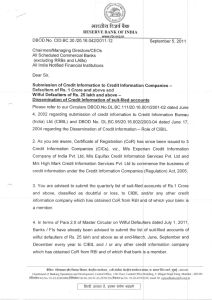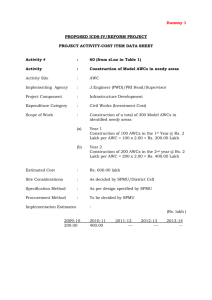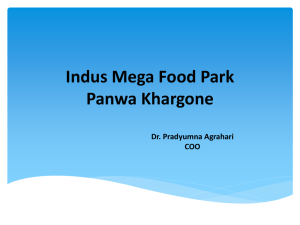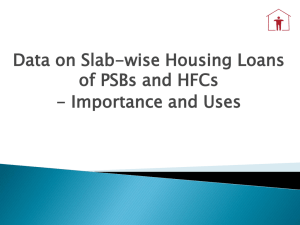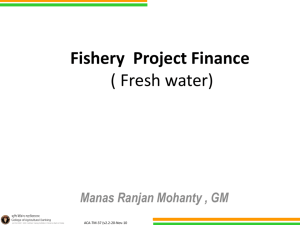Consumer Behaviour Exam Paper - June 2011
advertisement
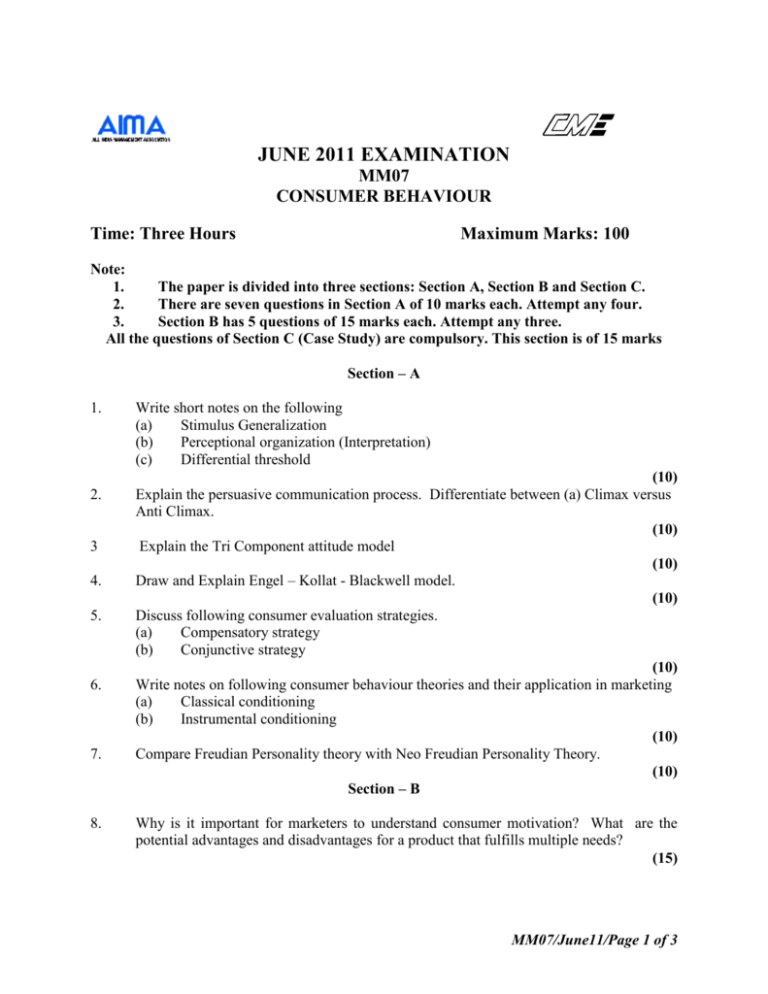
JUNE 2011 EXAMINATION MM07 CONSUMER BEHAVIOUR Time: Three Hours Maximum Marks: 100 Note: 1. The paper is divided into three sections: Section A, Section B and Section C. 2. There are seven questions in Section A of 10 marks each. Attempt any four. 3. Section B has 5 questions of 15 marks each. Attempt any three. All the questions of Section C (Case Study) are compulsory. This section is of 15 marks Section – A 1. 2. 3 4. 5. 6. 7. 8. Write short notes on the following (a) Stimulus Generalization (b) Perceptional organization (Interpretation) (c) Differential threshold (10) Explain the persuasive communication process. Differentiate between (a) Climax versus Anti Climax. (10) Explain the Tri Component attitude model (10) Draw and Explain Engel – Kollat - Blackwell model. (10) Discuss following consumer evaluation strategies. (a) Compensatory strategy (b) Conjunctive strategy (10) Write notes on following consumer behaviour theories and their application in marketing (a) Classical conditioning (b) Instrumental conditioning (10) Compare Freudian Personality theory with Neo Freudian Personality Theory. (10) Section – B Why is it important for marketers to understand consumer motivation? What are the potential advantages and disadvantages for a product that fulfills multiple needs? (15) MM07/June11/Page 1 of 3 9. 10. 11. 12. What is the impact of culture on consumer behaviour? What is meant by cross – culture influences? Why are such influences important for marketers? (15) How do personality traits explain consumer behaviour? Why is it important for marketers to distinguish between self image and ideal self image? (15) Discuss the following models (a) Elaborate Likelihood Model (ELM) (b) Cognitive Learning Theory (15) a. Who are opinion leaders in the context of marketing? b. Describe the role of members of the family in decision making. Discuss how the roles are changing in today’s time. (15) Section – C (Compulsory) 13. Case Study This is a standard differentiator, particularly in India where the price-sensitivity of the consumer has brought many a premium multinational brand to its knee. Segmentation in India is equally driven by affordability. HUL launched Axe, a low-priced deodorant that could well create an equivalent to the sub-popular category that Nirma created in detergent in early 1980s. Similarly, consider what Hyundai has done. Before launching the i10, a car made for the Indian market, research revealed that the small car segment that was dominated by the Maruti 800 and people upgraded to the next level of the Zen, A-Star, and Indica. In fact, although the Tata Indica is a 1,400 cc car, its pricing puts it in this value package or segment. (It has also a diesel variant which makes the running expenses less.) Also, Ford’s research on the existing market segments and the consumer response to new cars revealed that beyond the Zen segment, the choice/option for the consumer was limited. Models like the Maruti Esteem was not exactly contemporary. The other options, then, were the Escort, Lancer and Honda, which were priced above Rs. 7 lakh. So between them and the Rs.4.5-5 lakh range of the Esteem and Swift, there was a vacuum. General Motors Corsa and Fiat Siena identified the gap as well. Siena models range from Rs.5.08 lakh to Rs.7.58 lakh. All three competitors plugged in the gap by offering several versions at various price points. Ford, for instance, first launched Ikon 1.6 but has now come up with a lower engine capacity Ikon 1.3 CLXI. Its offerings range from just over Rs 5 lakh to Rs 7 lakh (apart from the over Rs. 8 lakh .8 Ikon). Later, Ford came out with the Fusion and Fiesta models. Similarly, General Motors has a Corsa 1.4 and 1.6 that ranges between approximately Rs. 5.8 lakh and Rs.7 lakh; it also has the Cheverolet Optra. There has been considerable growth in the smaller cars primarily because of the greater number of choices available. All the new players captured volumes. Seeing this consumer trend, Ford has now come out with its new small car model Figo. The same choice is available in the midsized segment. But there may be dangers to price segmentation. For instance, there is still a gap between the Rs. 5 lakh and 12 lakh ranges and Rs 15 lakh and Rs.30lakh range, something that Skoda is expected to fill in with their new models Laura and Superb. MM07/June11/Page 2 of 3 Questions: 1. 2. 3. Why is understanding of segmentation and targeting important to consumer behaviour? (5) What are the major factors influencing middle class consumer decision while buying a middle segment car? (5) What will happen after all the price point’s fail in above case? (5) MM07/June11/Page 3 of 3

